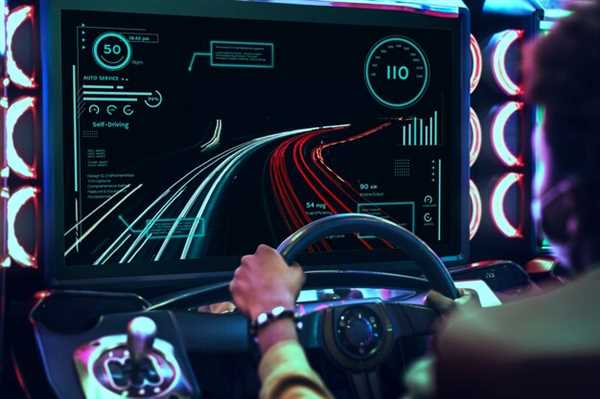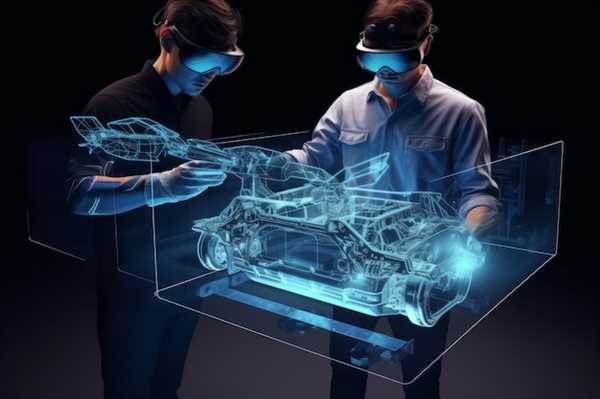
Embrace the automation shift in motorsport for an exciting tomorrow. Autonomous technology is poised to redefine competitive driving, enhancing precision and safety while delivering thrilling performances.
Investors should focus on cutting-edge innovations in vehicle technology, including advanced sensors and AI algorithms, which are crucial for autonomous racing. These elements allow vehicles to communicate with one another and adapt to track conditions in real time, optimizing speed and strategy.
The integration of autonomous systems in motorsport not only elevates performance but also sets the stage for new regulations and safety standards, promising a revolution in how races are conducted. Stakeholders must stay informed about the regulatory environment and emerging trends to capitalize on opportunities presented by these advancements.
Data analytics will become a cornerstone of success in competitive events, as teams leverage real-time data from vehicles to make split-second decisions. Understanding how to harness this information will be key to staying ahead in this fast-paced arena.
How Autonomous Technologies Transform Race Strategies
Implement machine learning algorithms to optimize vehicle performance dynamically. By analyzing live telemetry, teams can adjust strategies based on track conditions, tire wear, and competitor behavior.
Incorporate sensor fusion techniques to create a comprehensive environmental awareness for machines. This allows them to predict competitor moves, enabling more aggressive overtaking strategies.
Utilize advanced simulation software for pre-race strategy development. AI models can simulate multiple race scenarios, providing insights into optimal pit stop timing and fuel management.
Implement real-time communication protocols among vehicles to share critical information. This will foster collaborative racing strategies, allowing multiple vehicles to work together to gain an advantage.
Adopt predictive analytics for weather forecasting and track surface changes. Teams can prepare adaptive strategies, switching to different tire compounds or adjusting speed for varying weather conditions.
Consider the utilization of VR and AR systems in training sessions. These technologies can enhance decision-making skills for drivers by immersing them in simulated race conditions.
Integrate blockchain for data security and integrity. Ensuring tamper-proof telemetry and race data will enhance trust and inform better strategic decisions.
Focus on developing energy-efficient algorithms for sustainable operation. This will not only enhance performance but also address growing environmental concerns in motorsport.
Challenges in Safety and Regulation for Autonomous Motorsport

Establish robust safety protocols integrating advanced sensors and real-time data analytics to mitigate accident risks. Implement predictive models utilizing artificial intelligence to enhance decision-making processes during competition.
Introduce standardized regulations across different leagues to ensure uniformity in technology and safety measures. This will facilitate fair competition and comprehensive assessments of autonomous capabilities.
Collaborate with legislative bodies to develop clear guidelines addressing liability in incidents involving autonomous vehicles. This will help clarify accountability and streamline insurance frameworks.
Conduct regular audits and assessments of vehicle performance on various track configurations. Create a feedback loop with data from these evaluations to refine algorithms and enhance reliability in diverse racing environments.
Engage stakeholders, including manufacturers, teams, and regulatory agencies, in discussions to align on safety benchmarks. Continuous dialogue will ensure that all parties are aware of evolving challenges and solutions.
Prioritize transparency in technology development to build trust among audiences and regulatory entities. Openly share insights about system limitations and safety features will enhance public confidence in autonomous motorsport initiatives.
The Role of AI in Enhancing Performance and Decision-Making

Utilizing artificial intelligence significantly boosts the capabilities of autonomous vehicles within motorsport environments. Algorithms designed for real-time data processing enable precision in race strategy, optimizing tire selection, fuel management, and pit stop timing based on immediate track conditions.
Advanced machine learning models analyze vast amounts of historical race data, allowing these vehicles to predict competitors’ actions and adapt strategies accordingly. This predictive ability enhances decision-making, positioning autonomous vehicles to react swiftly to changing race dynamics.
Real-time telemetry integration provides continuous feedback loops, enabling AI systems to fine-tune performance metrics such as acceleration, braking patterns, and cornering efficiency. This directly translates into improved lap times and overall competitive advantage.
Moreover, the collaboration between AI and simulation technologies allows detailed virtual testing in diverse scenarios, identifying potential weaknesses before they manifest on the track. This proactive approach aids teams in preparing for unexpected challenges encountered during races.

